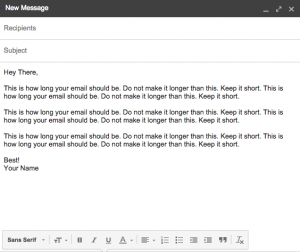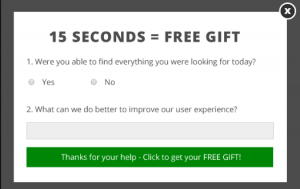A recent article published by Doug Crowe on Shopify Plus highlights the dangers of prioritizing conversion rates and Average Order Value as the best measurements of marketing success – which, unfortunately, many of today’s B2C marketers are still doing. On their own, neither conversion rate nor Average Order Value alone deliver a complete picture of the health of your business – to borrow an example from the Shopify piece, “A 2% conversion rate is terrible if your average order is $ 15. A 2% conversion rate is extremely high if your average order value is $ 995.”
If marketers are using conversion rates and Average Order Value alone to make business decisions, they’re likely only responding to a small piece of the overall picture. What if a high conversion rate isn’t necessarily a be-all end-all indicator of success, but is a sign that you have an opportunity to allocate more of your resources towards acquisition? Conversely, what if a lower conversion rate is actually paired alongside other highly-performing loyalty metrics? Turns out, either of these could be the case – and conversion rate alone won’t give you the whole story.
The solution: Doug Crowe says Revenue Per Visit (RPV) is the best metric by which to optimize your business – and we agree. Revenue Per Visit combines acquisition metrics, conversion metrics, and Average Order Value into a comprehensive litmus test of the health of your business. It’s calculated by taking the revenue that you acquired within any given time frame divided by the number of visits within that same time frame – or, by multiplying conversion rate and Average Order Value. It’s perhaps the only metric that delivers an understanding of where to prioritize your marketing efforts in a way that’s truly comprehensive – for example, if you’re aiming for long-term revenue growth and customer acquisition, your RPV will be on the lower side, and if you’re focused on driving profitability, your RPV will be higher.
But Revenue Per Visit is just one of numerous loyalty metrics marketers can use to more effectively evaluate and optimize their business. These metrics include but are not limited to Repeat Purchase Rate, Repeat-to-Loyal, Churned-to-Engaged, and more – and they’re all focused on where marketers are missing an opportunity to reach customers with relevant and personalized messaging. When marketers focus on these metrics, rather than more superficial and potentially misleading metrics like conversion rate, they can better position themselves to guide shoppers towards loyalty and maximize customer lifetime revenue.
This post originally appeared on the Zaius Blog.
Digital & Social Articles on Business 2 Community(112)







